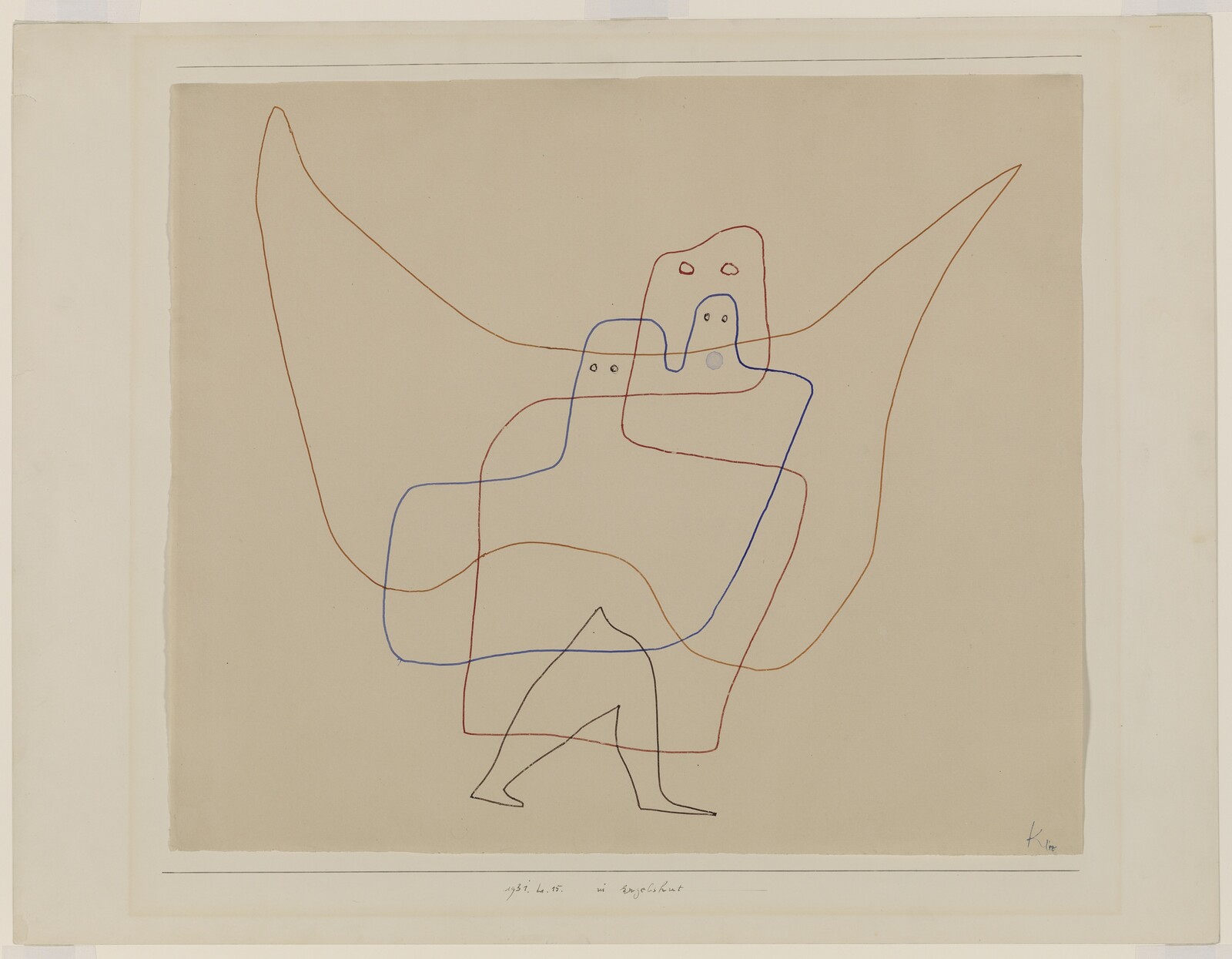Aby Warburg famously described art history as “ghost stories for grown-ups.”1 The implication is that every culture is haunted by its past, and most of all by those parts it has attempted to repress. Historical continuity, according to this model, is guaranteed only by the intermittent return of these unresolved impulses to disrupt any pattern that has settled into predictability. No history of culture can be boxed into perfectly sealed movements: so that the Renaissance in the western tradition shuffles off forever with the arrival of the Baroque, which cedes to Classicism, which is overthrown by Romanticism, which heralds the Modern, and so on, like so many actors invited onto the stage to deliver a monologue in turn. Rather, each must compete with their predecessors, who shout from the wings and threaten to invade the stage.
As we come to terms with the end of our own historical era, this feels particularly instructive. Rather than seeking out works of art that reinforce the dominant narrative of the present, the art historian—and their short-sighted accomplice, the critic—might instead be on the lookout for those that resist classification, that cannot be systematized, that are irrepressible because they are vital (Warburg called these recurring figures nachleben, or “afterlives”). And for those disorderly, chaotic, and dangerous irruptions of unstructured feeling that might be responsible for the dissolution of old certainties. That which can easily be explained should be summarily dismissed.
This might seem counterintuitive, given that one responsibility of critics is to contextualize works of art and establish the parameters upon which they depend for meaning, to situate them in order to facilitate their understanding. But it also gives license to the critic to look beyond the most obvious frames of reference, and instead to propose unexpected correspondences between the products of apparently unconnected traditions. The lesson of this, or one of the lessons, is that nothing in our experience is without parallel or precedent: even the most alarming ruptures can be attributed to some fugitive and imperfectly repressed impulse from elsewhere.
If no precedent can be discovered within a single, narrowly defined cultural tradition—in the official history of the United States, to take one example—then it might be found in those histories it has silenced and in the cultures that it has othered. Which is to say, in the unruly ghosts that roam through and around it. This month’s program of criticism will present the reader with numerous opportunities to make the kind of links that will unsettle rather than reassure. In the coming days, for instance, we will publish reviews from Lebanon and South Africa that will remind readers that, however shocking are the reports of war crimes in Palestine or disappearances in the United States, they are neither unprecedented nor isolated. One function of criticism might be to seek out these correspondences, so that the flash of their connection across time and space might allow us a glimpse of what is to come.
See Georges Didi-Huberman, The Surviving Image: Phantoms of Time and Time of Phantoms, trans. Harvey Mendelsohn (Penn State University Press, 2017), 53.
